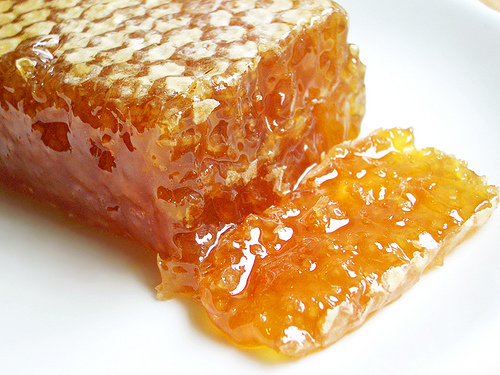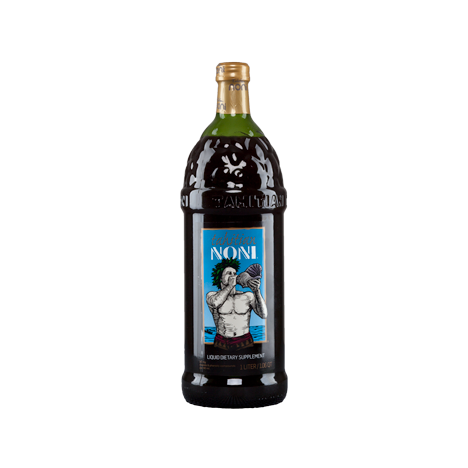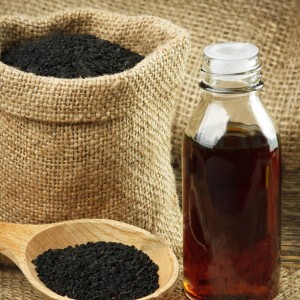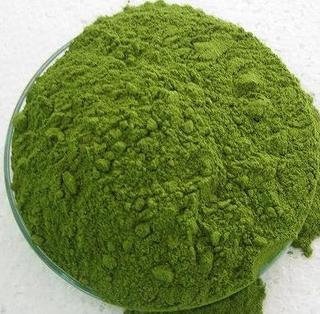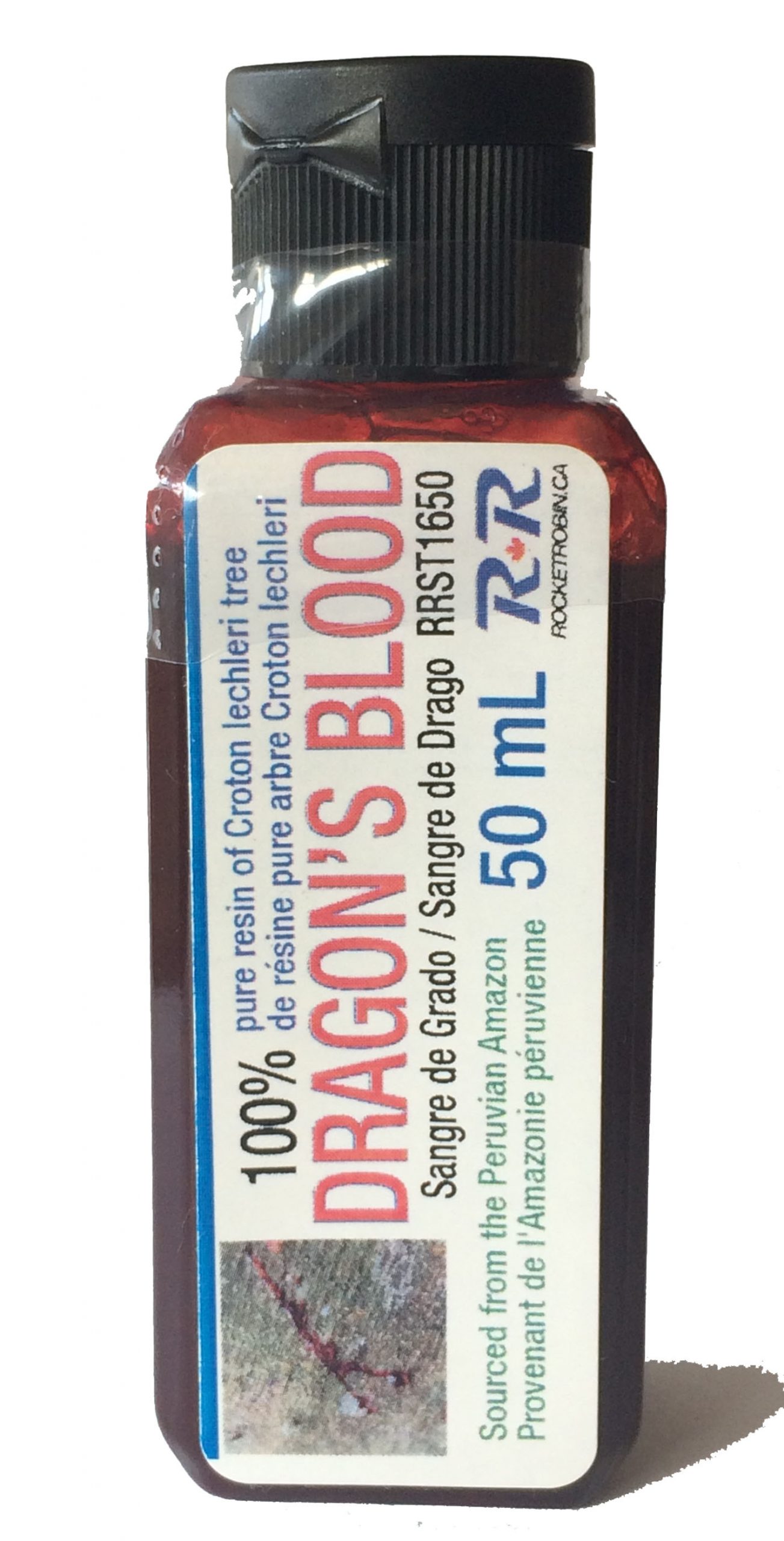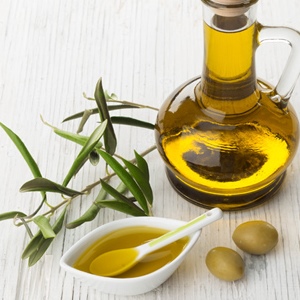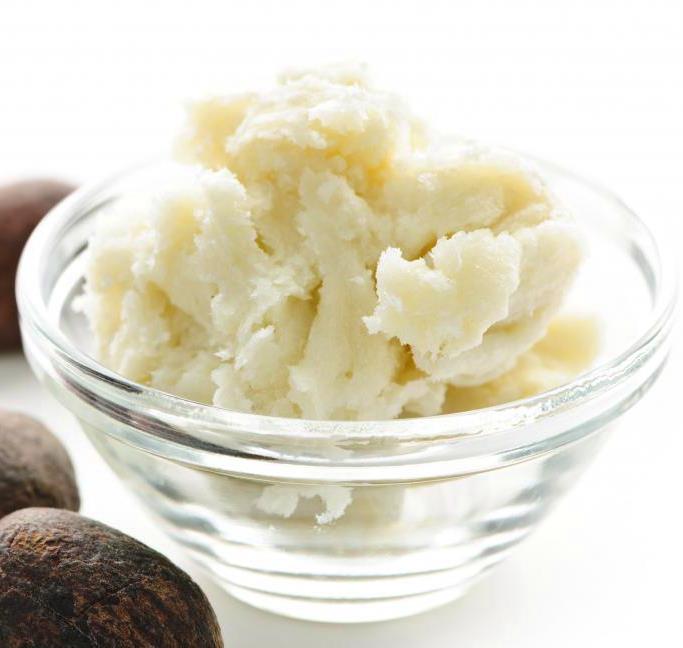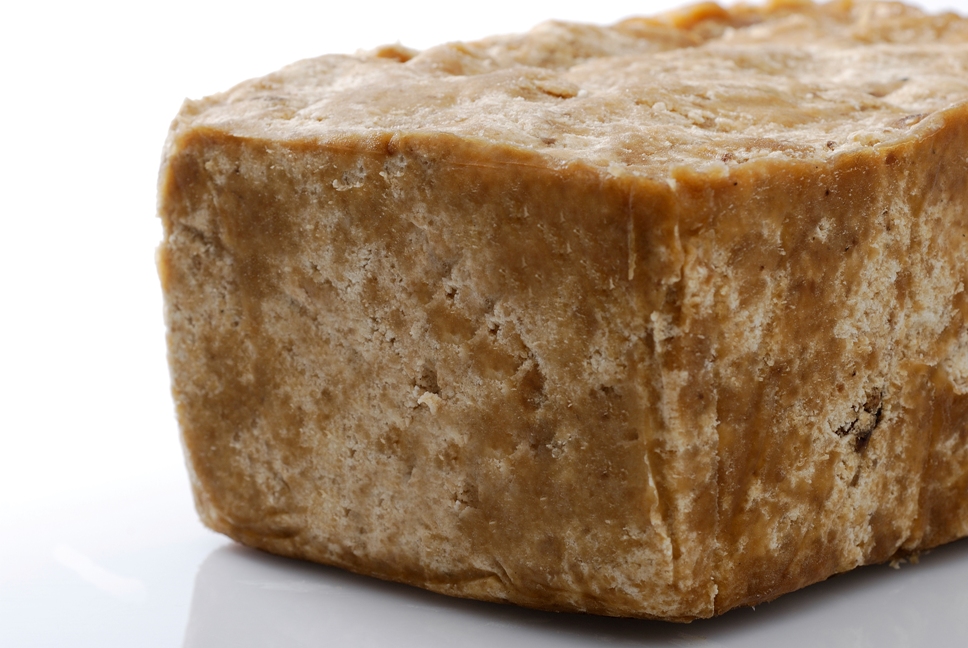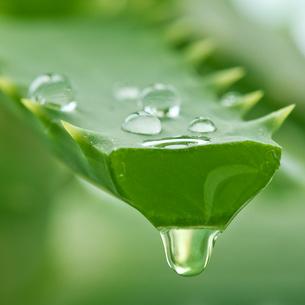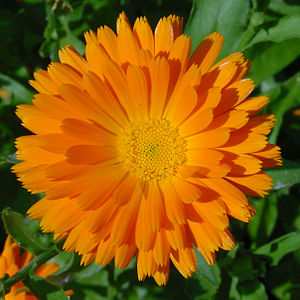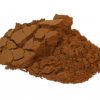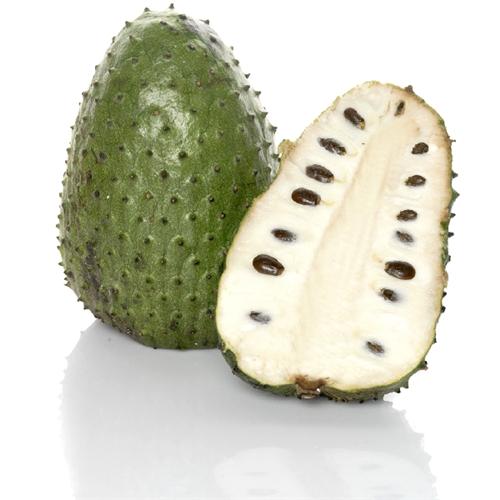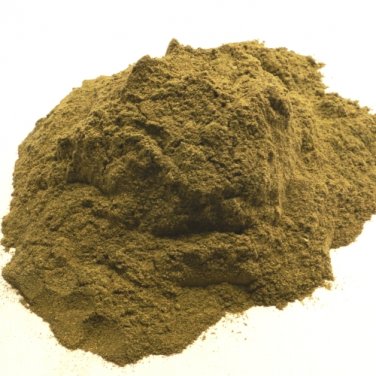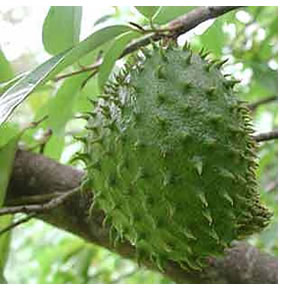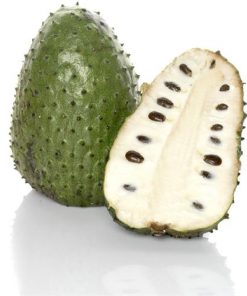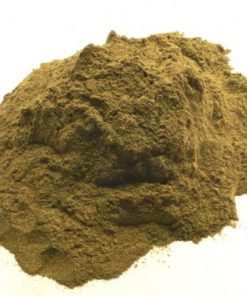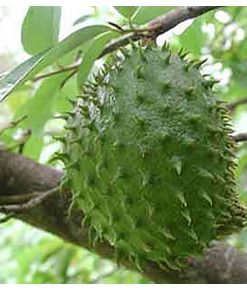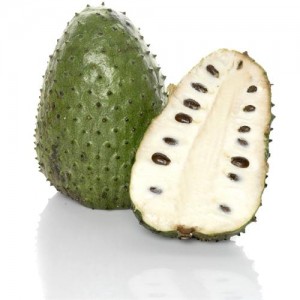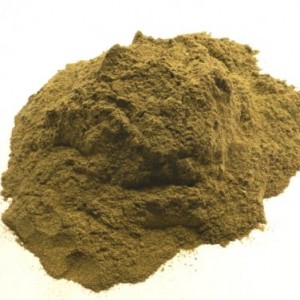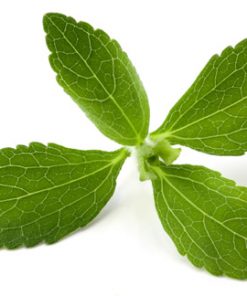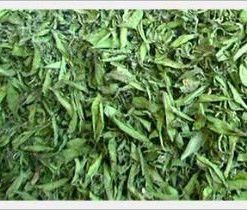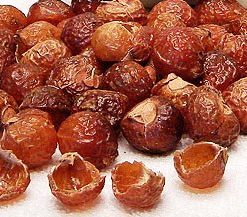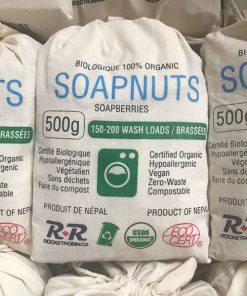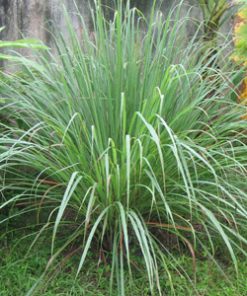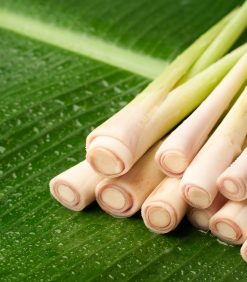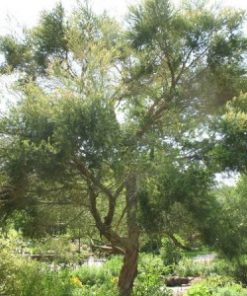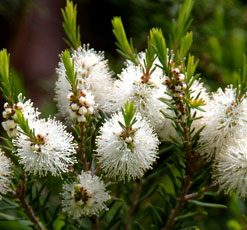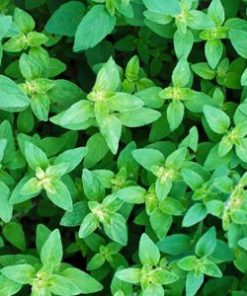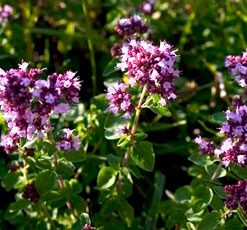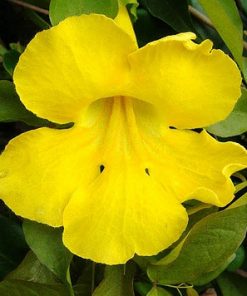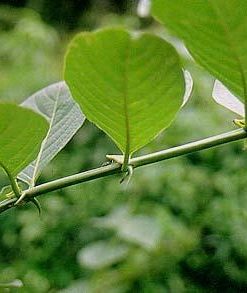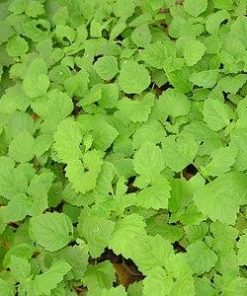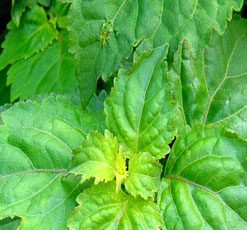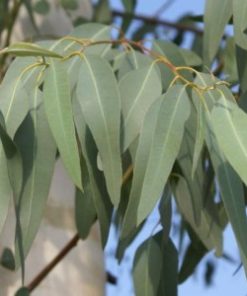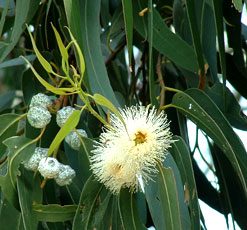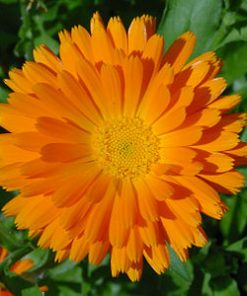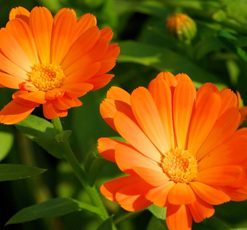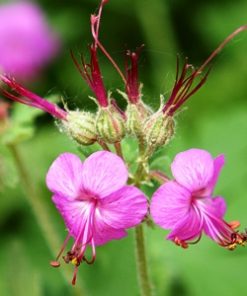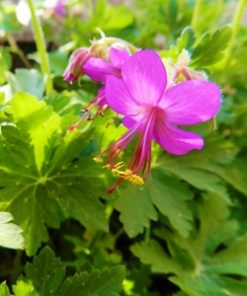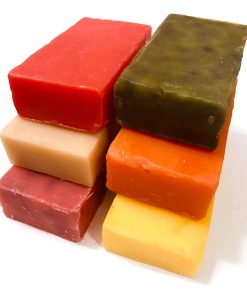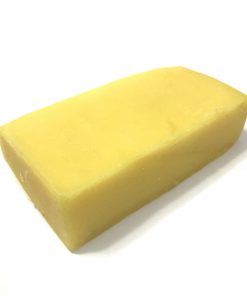Description
GRAVIOLA – POWDER – SOURSOP
Graviola is also known in English as Soursop. It is the fruit of Annona muricata, a broadleaf, flowering, evergreen tree native to Mexico, Cuba, Central America, the Caribbean, and northern South America, primarily Colombia, Brazil, Peru, Ecuador, Venezuela, and Puerto Rico. Soursop is also produced in some parts of Africa, Southeast Asia and the Pacific. It is in the same genus as the chirimoya and the same family as the pawpaw.
Prized by locals for its delicious fruit and medicinal properties, the unripe fruit is used traditionally to treat diarrhea and dysentery. The leaves are taken internally to eliminate worms and other parasites and are also applied topically for poorly healing wounds. The root bark is used to reduce fever. Graviola has a long, rich history of use in herbal medicine as well as a lengthy recorded indigenous use. In the Peruvian Andes, a leaf tea is used for catarrh (inflammation of mucous membranes) and the crushed seed is used to kill parasites. In the Peruvian Amazon the bark, roots, and leaves are used for diabetes and as a sedative and antispasmodic. Indigenous tribes in Guyana use a leaf and/or bark tea as a sedative and heart tonic. In the Brazilian Amazon a leaf tea is used for liver problems, and the oil of the leaves and unripe fruit is mixed with olive oil and used externally for neuralgia, rheumatism, and arthritis pain. In Jamaica, Haiti, and the West Indies the fruit and/or fruit juice is used for fevers, parasites and diarrhea; the bark or leaf is used as an antispasmodic, sedative, and nervine for heart conditions, coughs, flu, difficult childbirth, asthma, hypertension, and parasites.
The idea that graviola is an effective cancer fighter comes from research at Purdue University’s School of Pharmacy and Pharmaceutical Sciences on the active components of the tree, unique substances known as annonaceous acetogenins. The Purdue investigators found them to be potent inhibitors of cancer cells while leaving normal cells alone. They also found the compounds to be effective against drug-resistant cancer cells.
Other common names include: Coração de Boi (Mozambique), Evo (Ewe, Volta Region, Ghana), Ekitafeeli (Uganda), Stafeli (Swahili), Aluguntugui (Ga, Greater Accra Region, Ghana), guanábana (Spanish), graviola (Brazilian Portuguese, pronounced: [ɡɾɐviˈɔlɐ]), anona (European Portuguese), graviolo (Esperanto), corossol (French), kowosòl (Haitian Creole), කටු අනෝදා (Katu Anoda) (Sinhalese), sorsaka (Papiamento), adunu (Acholi), Brazilian pawpaw, guyabano, guanavana, toge-banreisi, durian benggala, durian belanda, nangka blanda, ทุเรียนเทศ [turi:jen te:k] (Thai), sirsak (Indonesia), zuurzak (Dutch), tomoko (Kiswahili), and nangka londa. In Malayalam, it is called Mullatha, literally thorny custard apple. The other lesser-known Indian names are shul-ram-fal and Lakshmana Phala, and in Harar (Ethiopia) in Harari language known for centuries as Amba Shoukh (Thorny Mango or Thorny Fruit).
The flavour has been described as a combination of strawberry and pineapple, with sour citrus flavour notes contrasting with an underlying creamy flavour reminiscent of coconut or banana.
GRAVIOLA HERBAL PROPERTIES AND ACTIONS
Graviola comes from a tree in the rain forests of Africa, South America, and Southeast Asia. Its scientific name is Annona muricata. It is also known as custard apple, cherimoya, guanabana, soursop and brazilian paw paw. The active ingredient is thought to be a type of plant compound (phytochemical) called annonaceous acetogenins.
The fruit contains significant amounts of vitamin C, vitamin B1 and vitamin B2.
Laboratory and field research suggests that soursop-derived substances may have potential for various future applications, since they have shown antileishmanial and cytotoxic, antinociceptive, anti-inflammatory,anti-diabetic and anticancer effects in laboratory experiments.
All parts of the graviola tree are used in natural medicine in the tropics, including the bark, leaves, roots, fruit, and fruit seeds. Different properties and uses are attributed to the different parts of the tree. Generally, the fruit and fruit juice are taken for worms and parasites, to cool fevers, to increase mother’s milk after childbirth, and as an astringent for diarrhea and dysentery. The crushed seeds are used against internal and external parasites, head lice, and worms. The bark, leaves, and roots are considered sedative, antispasmodic, hypotensive, and nervine, and a tea is made for various disorders toward those effects.
PREPARATION
The flesh of the fruit consists of an edible, white pulp, some fiber, and a core of indigestible, black seeds. The species is the only member of its genus suitable for processing and preservation. The pulp is also used to make fruit nectar, smoothies, fruit juice drinks, as well as candies, sorbets, and ice cream flavorings.
Use 1 tsp of the powder to make up a batch of refreshing tea or add to your favourite desserts or smoothies.
SOLD IN 250g PORTIONS
Keep in a cool, dry place. I can accommodate custom orders or arrange wholesale pricing.
TRUST ROCKET ROBIN
Rocket Robin is proud to be your supplier of truly natural products with simple ingredients in support of your family’s health and well-being.
Additional information
| Weight | 0.25 kg |
|---|---|
| Dimensions | 15 × 15 × 5 cm |

